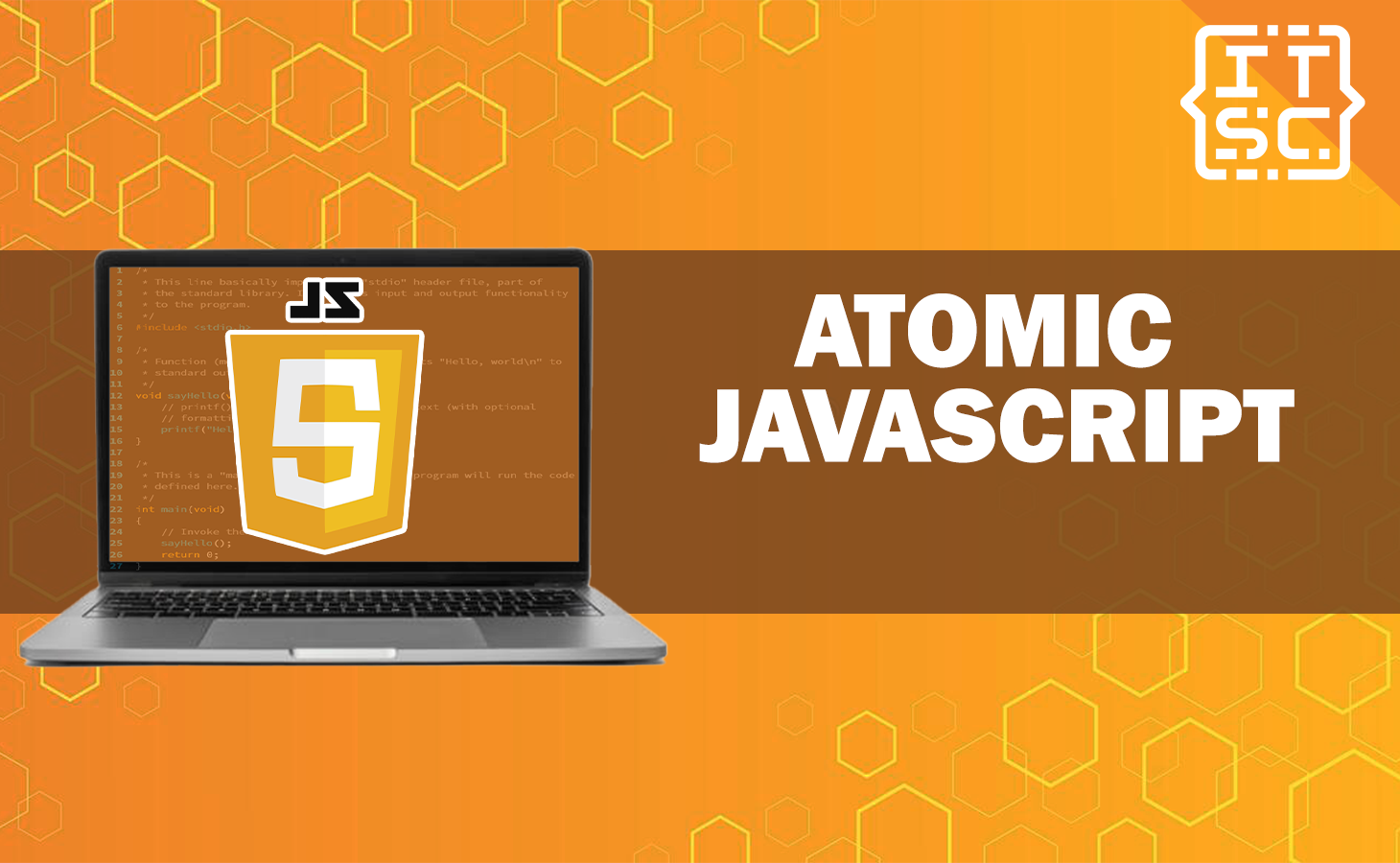In this post, we will explore the ins and outs of atomic JavaScript, including example codes and methods that can enhance your web development projects.
This article will provide valuable insights and practical knowledge that can improve your skills and productivity.
What is Atomic JavaScript?
Atomic JavaScript is a programming concept that focuses on breaking down complex web applications into smaller, reusable components or modules.
These atomic components are designed to perform specific functions, creating the program more organized, maintainable, and scalable.
By using atomic, developers can integrate the development process and improve code quality.
Benefits of Atomic JavaScript
- Modularity:
- Atomic JavaScript promotes modularity by supporting developers to create independent and self-contained modules, making it easier to manage and update code.
- Reusability:
- Atomic components can be reused across various parts of a web application, decreasing redundancy and saving development time.
- Scalability:
- As your project grows, atomic enables you to add or change components without affecting other parts of the application.
- Collaboration:
- Teams can work more effectively as developers can focus on individual components, reducing conflicts in code integration.
- Code Maintenance:
- Debugging and maintaining code become more simple, as issues are isolated to specific components.
Implementing Atomic JavaScript in Your Projects
Now that we understand the benefits of atomic JavaScript, let’s explore how to implement it effectively in your web development projects.
1. Creating Atomic Components
To begin, break down your web application into smaller functional units. Each unit should represent a specific feature or element of the application.
For example, if you are creating an e-commerce website, you might have atomic components for product listings, shopping carts, and user profiles.
Here’s an example code:
// Example of an Atomic Component for Product Listing
class ProductList {
constructor() {
// Initialize the component
}
render() {
// Render the product list
}
// Other methods specific to this component
}
Establishing Component Communication
One of the key aspects of atomic is how components communicate with each other.
This can be obtained through props, events, or a state management system like Redux.
For example:
// Example of Communication between ProductList and ShoppingCart components
class ProductList {
// ...
addToCart(product) {
// Trigger an event or update the global state
}
}
class ShoppingCart {
// ...
handleAddToCart(product) {
// Listen for events or access the global state
}
}
Also read: Convert JavaScript to Typescript Online
Reusing Components
Once you have created atomic components, you can easily reuse them throughout your application.
This reusability shortens the development process and assures consistency in your user interface.
Atomic JavaScript in Action
Let’s demonstrate the power of atomic with a practical example. Suppose, you are building a blogging platform, and you want to create a comment section for each blog post.
Using atomic, you can create a “Comment” component that can be used across all blog posts.
Here’s an example code:
// Example of a Comment Component
class Comment {
constructor(author, content) {
this.author = author;
this.content = content;
}
render() {
// Render the comment
}
}
// Usage in a Blog Post Component
class BlogPost {
// ...
render() {
// Render the blog post content
// Render comments
this.comments.forEach((comment) => {
const commentComponent = new Comment(comment.author, comment.content);
commentComponent.render();
});
}
}
FAQs
Atomic emphasizes breaking down code into smaller, reusable components, promoting modularity and reusability. Traditional JavaScript may not follow this component-based approach.
Yes, you can gradually propose atomic into your existing projects. Start by defining components that can be modularized and refactor them accordingly.
One challenge is the initial learning curve, as developers need to adapt to a component-based mindset. Additionally, assuring effective communication between components can be complex in larger projects.
Atomic can lead to improved performance, as it enables for better code optimization and selective rendering of components. However, performance gains may vary based on the project’s complexity.
Conclusion
In the dynamic world of web development, adopting atomic can be a game-changer for your projects.
By breaking down complex applications into attainable atomic components and fostering reusability, modularity, and scalability, you can significantly enhance your development workflow.
Remember, atomic is not just a coding method; it’s a mindset that can raise your web development expertise.

